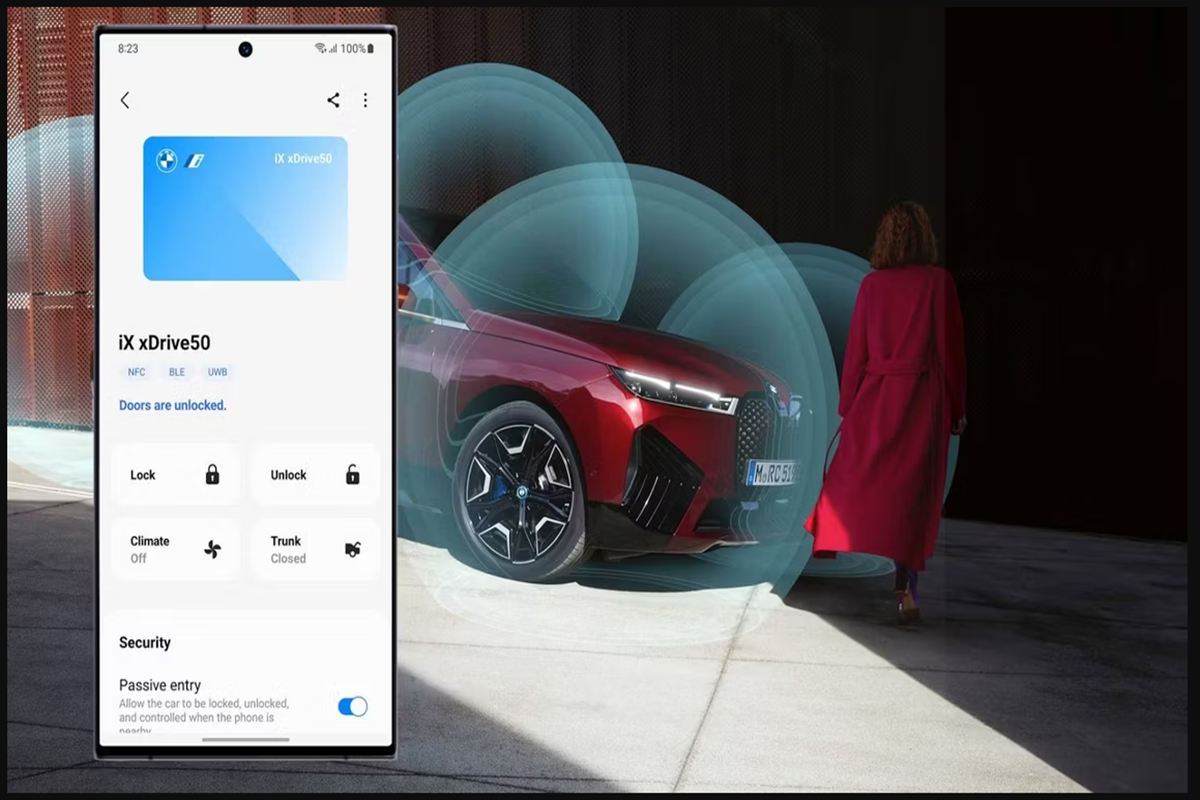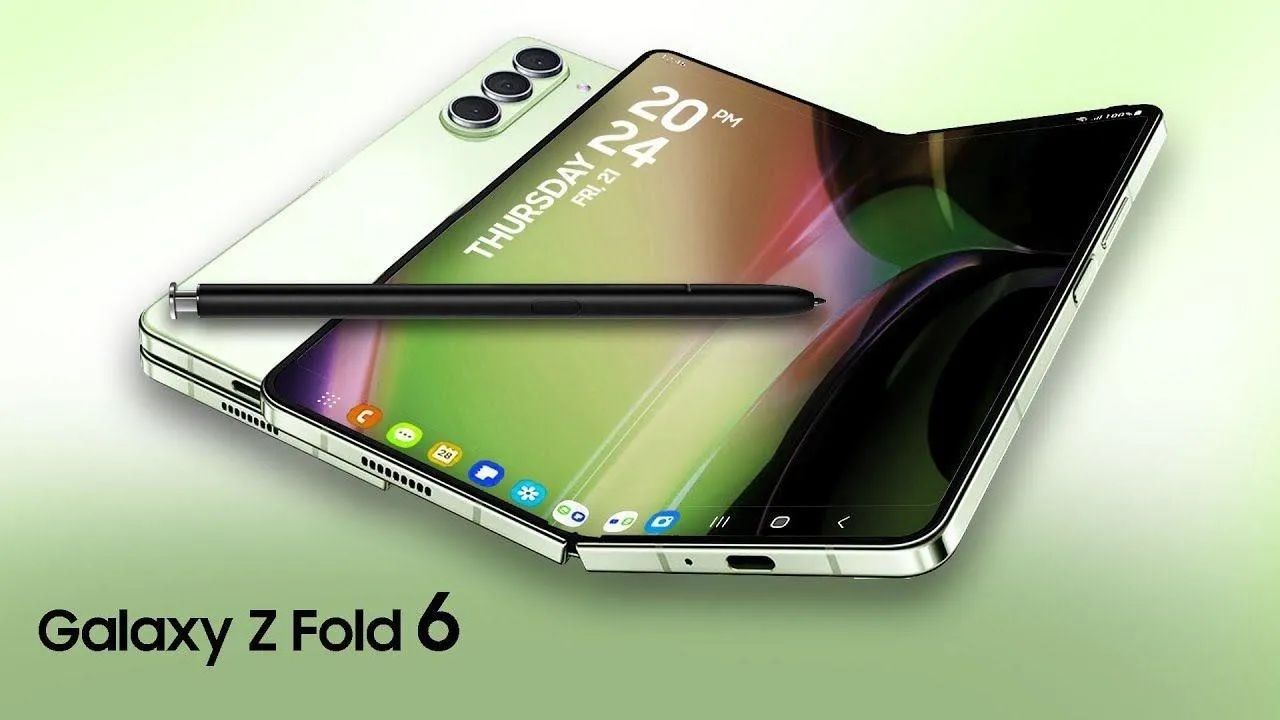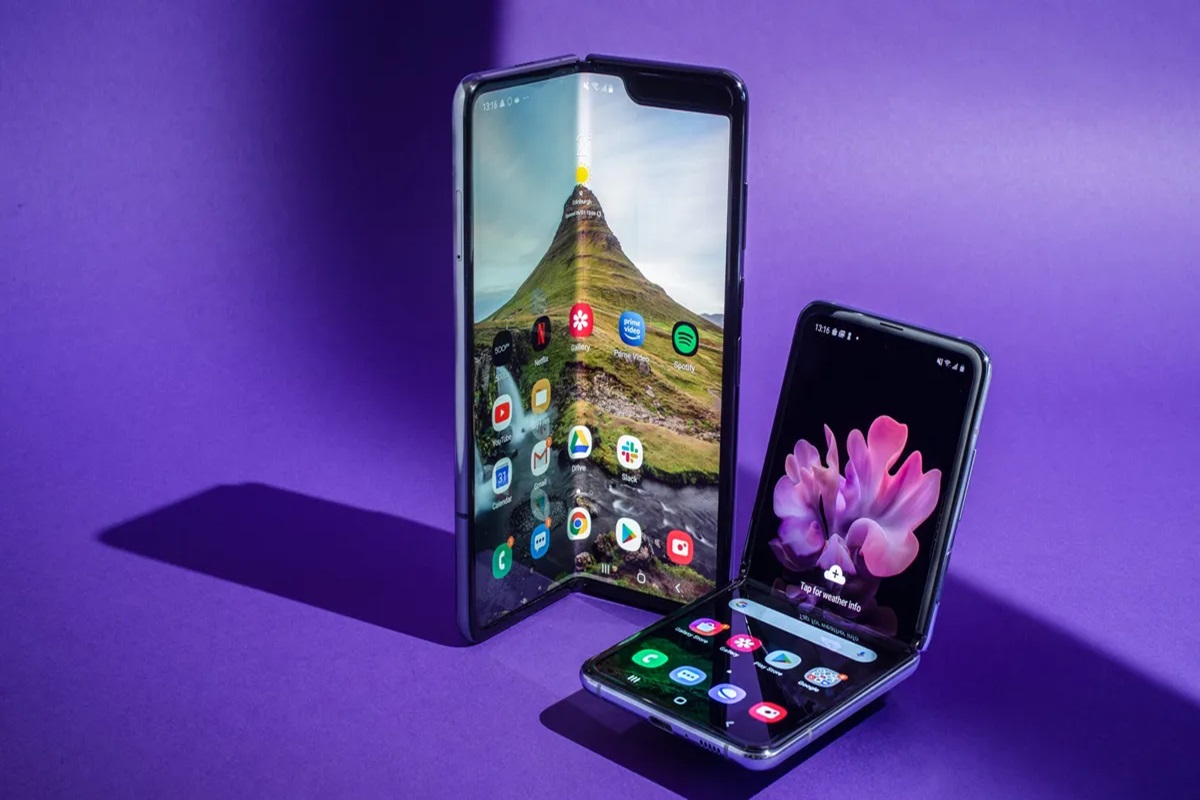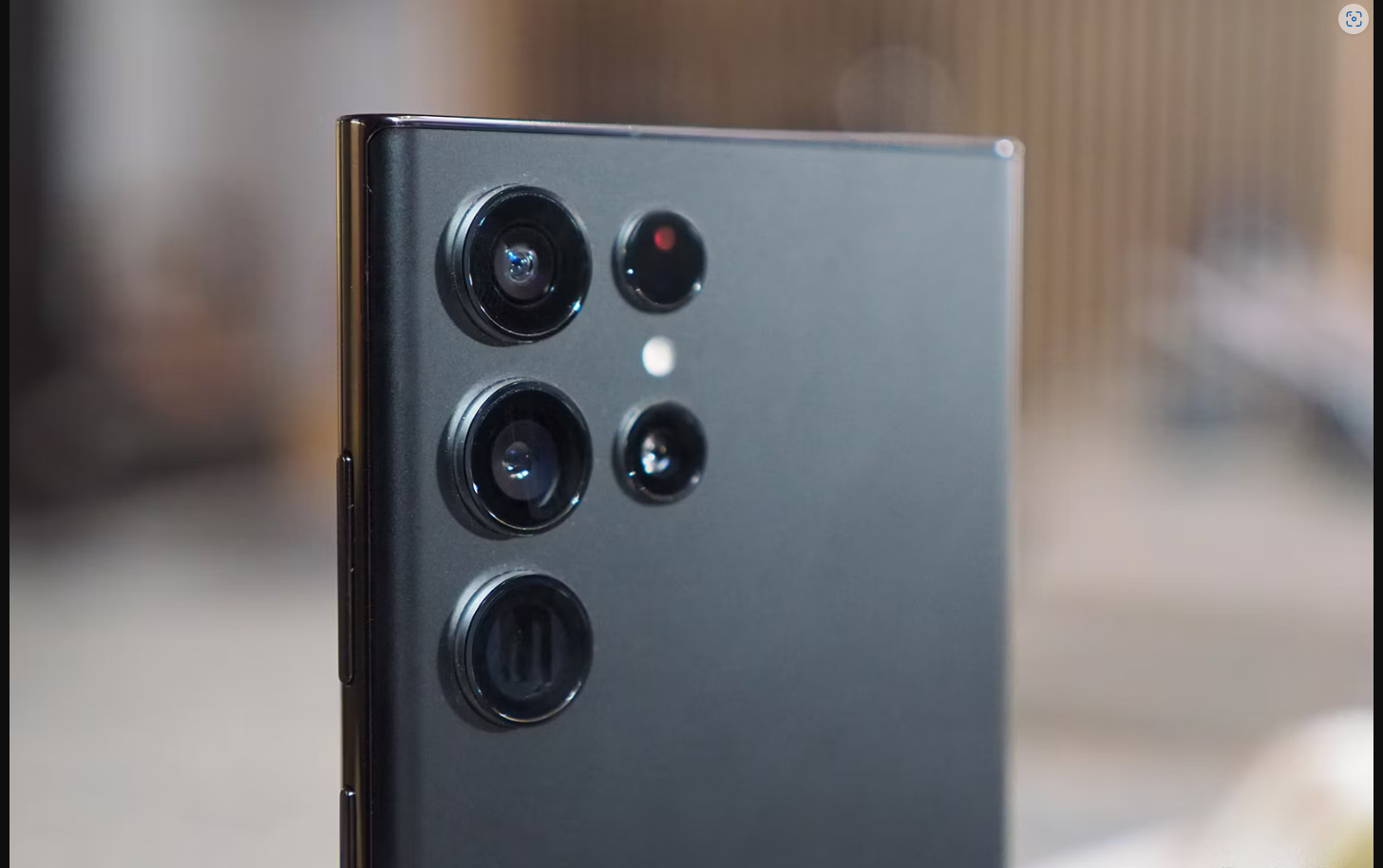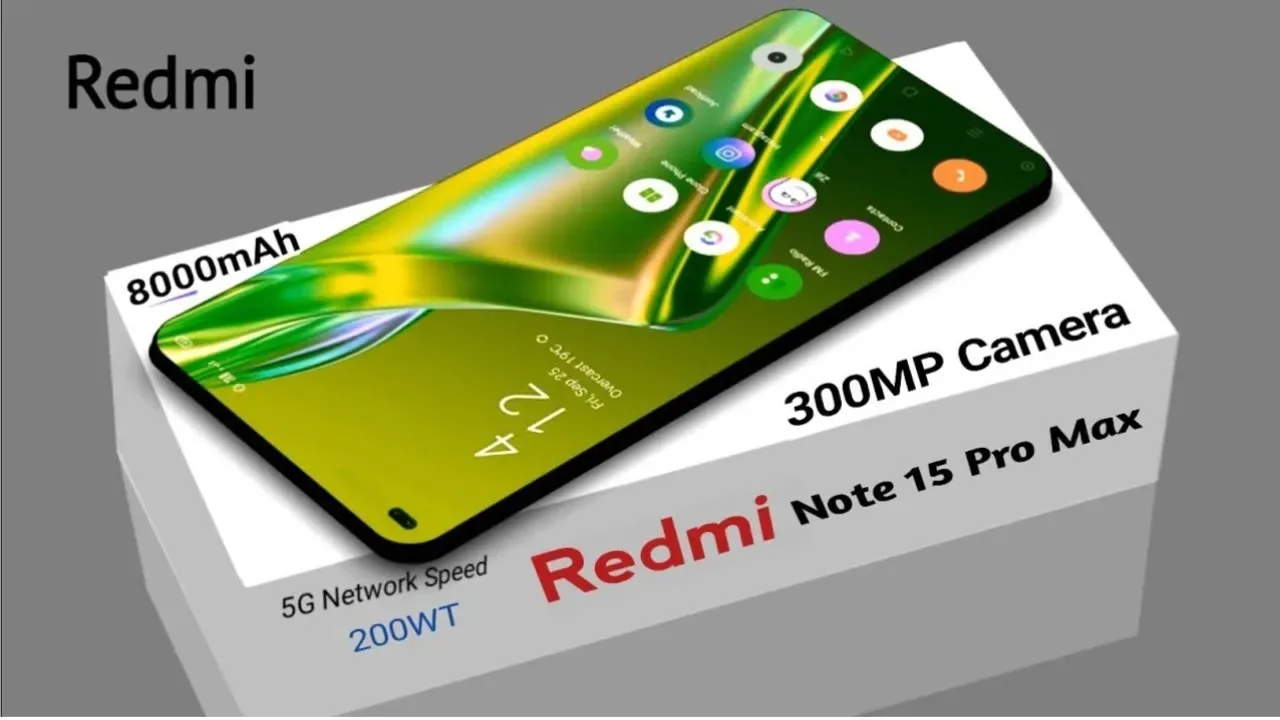Samsung should bring back five key features from its past for its upcoming Galaxy S25 series. Despite the evolution of the Galaxy S lineup over fifteen generations, some features have been missed by fans and users alike. As we are waiting for the next installment, let’s explore what Samsung could learn from its past success story.

SD Card Slot: The SD card slot was once a staple in Samsung’s flagship lineup and it has gradually disappeared. Its absence limits user flexibility, especially for travelers and those needing extra storage. With internal storage reaching impressive capacities, the SD card slot could still offer crucial benefits like expandability and backup options and it was enhancing user experience and data management.
Bixby Button: Despite its mixed reception, the Bixby button had potential, especially with later iterations allowing for remapping. With Bixby’s improvements and Samsung’s current remapping options; is a dedicated button could provide additional functionality. Users could customize it for various tasks and it was enhancing convenience and accessibility.
Smart Rotation: Smart rotation is a feature introduced with earlier Galaxy S devices and it offered a unique solution to screen orientation. By detecting eye movement, it adjusted the screen rotation accordingly and optimizing user experience. Reintroducing this feature could improve usability, especially in scenarios where manual rotation is not practical or convenient.
Variable Camera Aperture: It allowed the camera to adjust between f/1.5 in low light and f/2.4 in sunlight, ensuring optimal performance in different conditions. With Samsung’s move to high-resolution cameras, there is a potential to reintroduce this technology. Expanding the aperture range could lead to even better camera performance and it was addressing concerns like shutter lag and offering more creative control.
Iris Scanner: The iris scanner is present in the Galaxy S8 and S9 and provided an additional layer of security alongside the fingerprint reader. While it faced challenges like lighting issues, advancements in technology could address these concerns. Bringing back the iris scanner, possibly integrating it beneath the display, could offer users a secure and convenient unlocking option.
